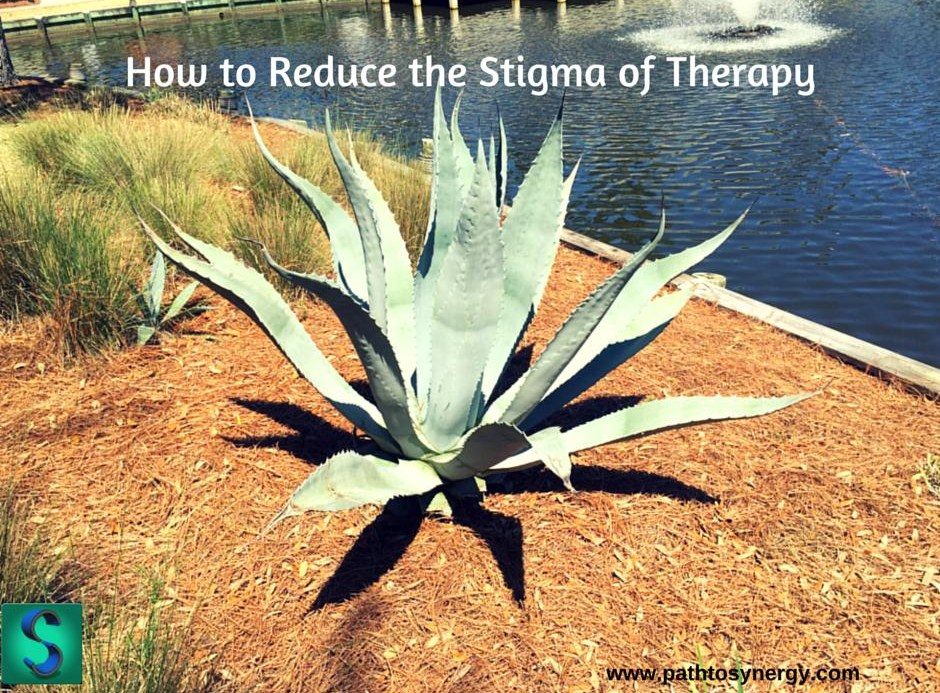How to Reduce the Stigma of Therapy
During the last 100 years or so there has been an interesting evolution regarding the helping professions. The stigma around seeking help for guidance is a somewhat unusual cultural phenomenon. In most cultures, seeking guidance is a relatively accepted and supported endeavor and has been for many years. For a more detailed exploration of stigma as it relates both to mental health as well as stigma towards seeking professional help, see this article on Help Seeking from the British Psychological Society. In this article there are many examples of sited research, as well as interventions, to help to reduce stigma of seeking help. Some research suggests that normalizing issues that people are facing may help to reduce stigma for seeking help. So the purpose of this post is to provide some anecdotal information from my own experience to help normalize seeking help.
Here are some reasons I have seen in my own practice that may impact how seeking help becomes stigmatized, as well as how to reduce the stigma of therapy.
Throwing out the baby with the bathwater –
I have come across many people over the course of the last decade who say that they tried therapy and didn’t like their therapist. Not having a connection to the therapist is an important factor to consider. Research shows that the goodness of fit or “therapeutic alliance” (how well you connect with your therapist) is one of the largest predictors for change. So if we know that the connection experienced between therapist and client is so important, then this should be a focus. Unfortunately, often time’s people will see a therapist that they don’t connect with, only attend briefly and then assume that therapy is not effective. This may be due to the therapist not checking in with the client or the client not having the understanding of the importance of this dynamic, but it does happen. If you are looking for ways to explore the “goodness of fit” in more detail, see this article on How to Choose a Therapist. An important thing to keep in mind when looking at therapy is that therapists are like many other professionals, there are great ones, good ones and ones that may not be the best fit for you. To offer a comparison – if you hire a plumber and they do a bad job, would the assumption be to discount plumbing altogether or call a new plumber?
Therapy doesn’t work –
Sometimes people go to therapy once or twice or maybe three times and then assume that nothing is happening, so it obviously doesn’t work. I often have the conversation with clients about how to get the most out of a therapy. My hope is that these conversations take place in most therapy offices. The truth is that when you have meetings with a therapist they are typically only one hour. This also means that whatever is discussed in therapy may take implementation and practice outside of the therapy office. For change to occur, practice and patience are important. There may be times where someone continues to attend appointments even though they feel that nothing is changing for them. Whatever the feeling is, bring it up with your therapist and see what is missing. Remember, if something is not working, try to identify why, and fix it.
These problems aren’t bad enough –
We all have similar problems, to a certain extent. We definitely all have things we are stressed about, are scared of, are hopeful for, are insecure about etc. Therapy does not have to be only for those struggling with something that society deems “serious.” Fortunately many people see therapy as an opportunity to self actualize, seek understanding of one’s self, process something confusing, determine what is most valuable to them or many other reasons outside of the context of exploring pain, trauma or dysfunction. Therapy is not for sick people. Therapy is an open platform to explore whatever you decide is important. I repeat, whatever YOU decide is important. People seek guidance and empowerment for a variety of reasons and the depth and importance of those reasons only get to be decided by the individual. Reducing the stigma of therapy can be accomplished through recognizing a few simple statements:
It’s OK to take a look at who we are.
It’s OK to explore what is working and what isn’t working.
It’s OK to want to make changes to better ourselves.
Best,
Michael






